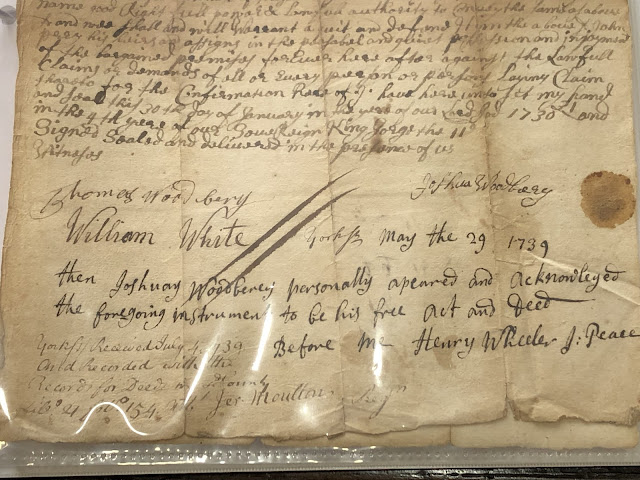In a previous post, Two Gula Brothers Marry the Same Woman - Mary Smey, I recorded the situation where Steve Gula was married his brother's widow, Mary Smey (Smij).
Living in Scottdale, PA, Steve and Mary had five kids:
- John Gula (1906-1969)
- Peter Gula (1913-1997)
- Joseph Gula (1915-1997)
- Michael Gula (1921- )
- Stephen Gula (1921 - 1997)
Steve died on December 6, 1921 (42 years old). Mary was only 37 at the time of Steve's death. I don't know the circumstances….did they fall in love, or was it a cultural tradition….but on November 24, 1923, Mary married Steve Gula's brother, Nat Gula.
I had already uncovered and posted about this story.
Recently, my distant cousin (Thanks, Ian!!) provided me new information about the family and a separate circumstance where a Gula brother married his brother's widow had happened at least once before.
Back in the homeland in the Carpathian Mountains in the small village of Wolowiec, Peter Gula (1808-1847) married Anna Smij (1808-1885).
Peter and Anna had the following children:
- Theodore 'Fedor' Gula (1836-1895)( My 2nd great-grandfather)
From what I can tell, village life was hard, and the population was impoverished. It is unclear if there was any school or public education. However, it does appear that many of the villagers hadn't learned to read or write.
Peter died in 1847. I do not know the cause. Shortly after Peter's death, Anna married Peter's brother, Ignatius (Nat) Gula (1815-1888).
Nat and Anna had the following children:
- Peter Gula (1853-?)
Considering that the marrying of brothers and their widows happened twice in one family, we can conclude that this wasn't taboo or rare in the Carpathian Rusyn culture.
I was joking with my two daughters for when they decide to get married, they look to see if their husband's brothers are marriage material because you just never know what may happen in the future.

